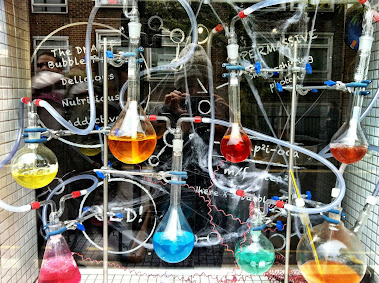Terpenoids and its Applications
Terpenoids : Any of the class of the organic compounds including terpenes, diterpenes, and sesquiterpenes. They are unsaturated molecules composed of linked isoprene units, generally having formula (C 5 H 8 )n. Application of terpenoids: the applications of the terpenoids in detail are following below; In Medicine : A method of medicinal treatment for a medical condition in a mammals, said condition being selected from the group consisting of viral infections, bacterial infection, fungal infection dermatoses indolent neoplasma sunburns burn and swollen joints said method comparising the parental applications to said mammals of a pharmacologically effective amount for treatment of said condition of an ozonide of a terpene in a pharmacologic...




